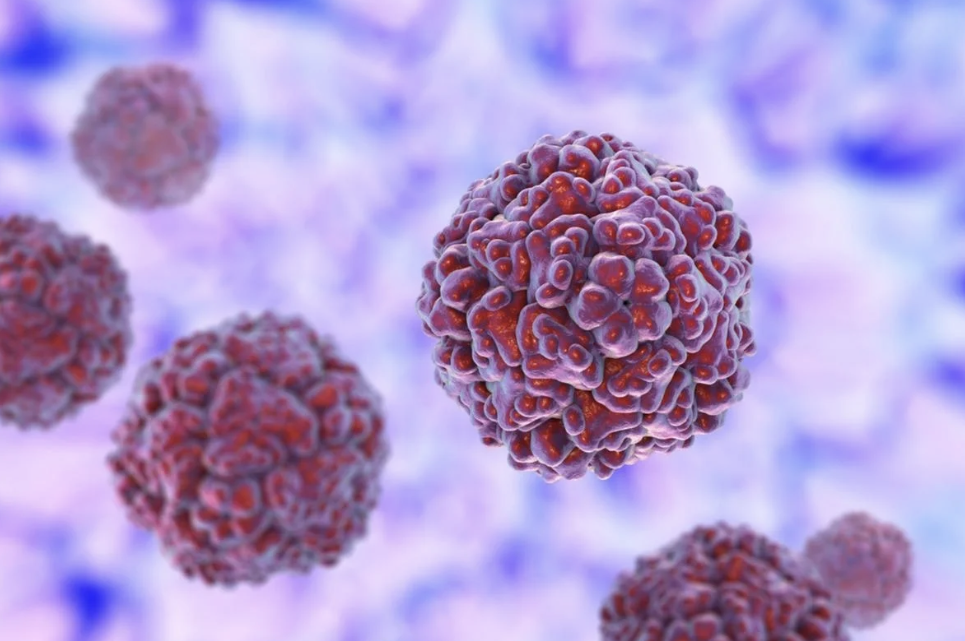When students return to school in August, there is a well-known fact that in a few weeks, everyone will be sick. Whether it be from proximity to each other, stress, or other factors, soon enough there will be a cough and sniffle in every class.
There are many different theories as to why students may be getting sick when they come back. It could be the stress returning, or different diseases mixing together from the different places students have been. However, the science behind the sickness can be explained in the recent CNN article, “you’ve essentially lost half of your immunity just by that small drop in temperature.”
When school is back in, not only are students surrounded by other students, but the temperature is dropping. This is bad for immunity because the body systems have a harder time working together to ward off viruses, resulting in more bacteria and germs being passed around.
In recent weeks, more people are getting sick in the school building. The week of September 5, the temperatures were in the 90s. However, the following weekend temperatures started to drop to the 80s, and many people came to school Monday Sept. 11 with a cold.
In school, it is considerably harder to focus when you have a sniffle or a cough.
“I feel like I’m super distracted and lethargic, so I don’t pay attention as much and I’m more focused on not coughing in class.” Caroline Caughy (‘24) said.
However, many students feel that they can’t stay home from school when they get sick in fear of getting behind in classwork.
“With my symptoms and current course load I decided to come to school because I really don’t want to get behind,” Rory Knox (‘24) said.
If students miss one day of school, they are missing four classes that are 75 minutes long, leading to five hours of work that they need to make up. When the student misses more than one day, this is amplified. Getting caught up can cause more stress, which can result in worse sickness.
Sickness at the beginning of the school year cannot be avoided, and has been increasing greatly due to climate change. Not only do students have to worry about the changing environment now, but also the increasing amount of bacteria, viruses, and allergens in the air.
Climate change results in fluctuating temperatures, which changes what diseases are present, with colds now being more prominent in the fall. When this is combined with the fact that students have lower immune systems in the beginning of the year, and they are around more people, sickness is bound to break out.
In the fall of 2019, there were around 36 million flu related illnesses, but in the fall of 2022, there were around 54 million. Scientists say that the spike in cases can be attributed to the fluctuation of temperatures in the fall.
Students can’t avoid the impacts of climate change or the school sickness in fall, but they can try to reduce the impacts of both. It is important to follow proper etiquette when sick, such as coughing into your elbow or washing your hands.







